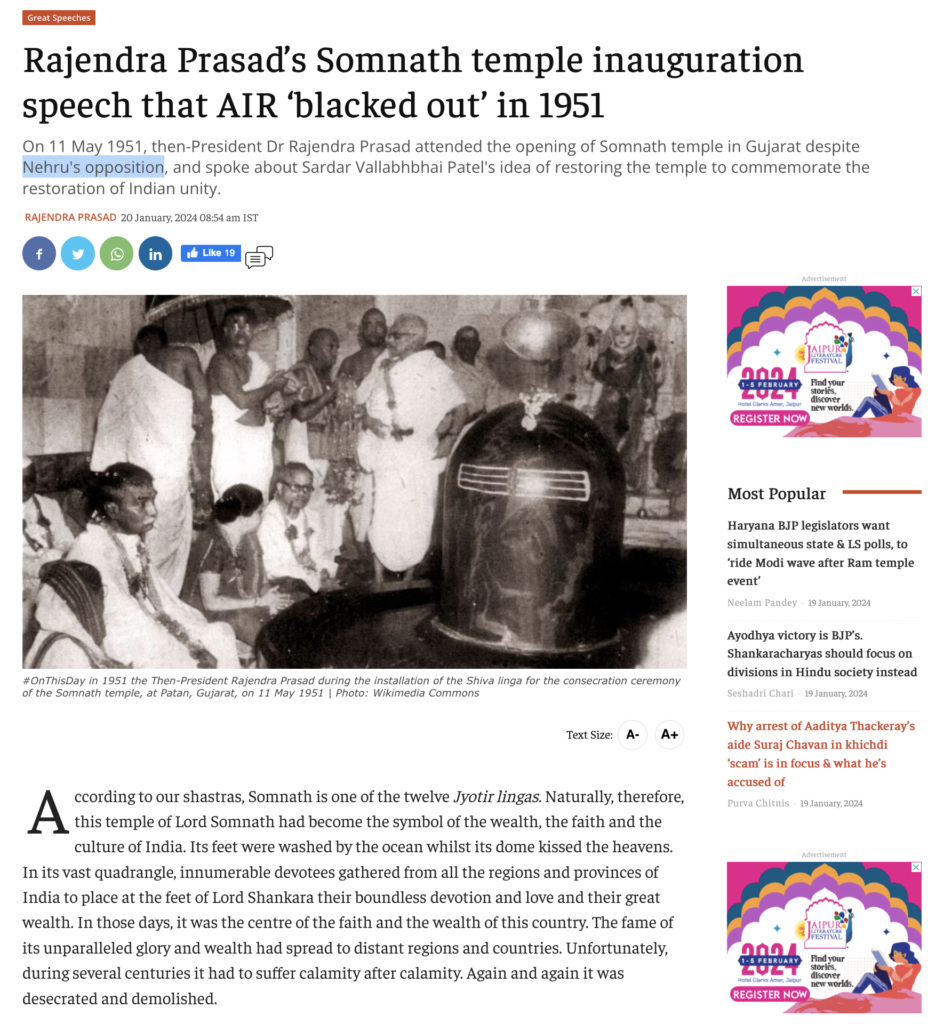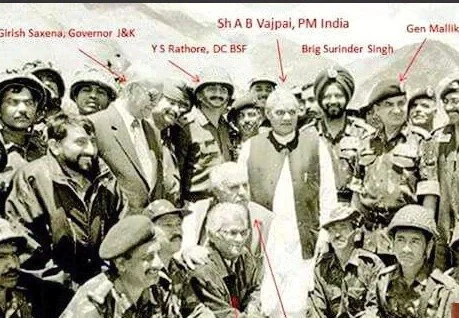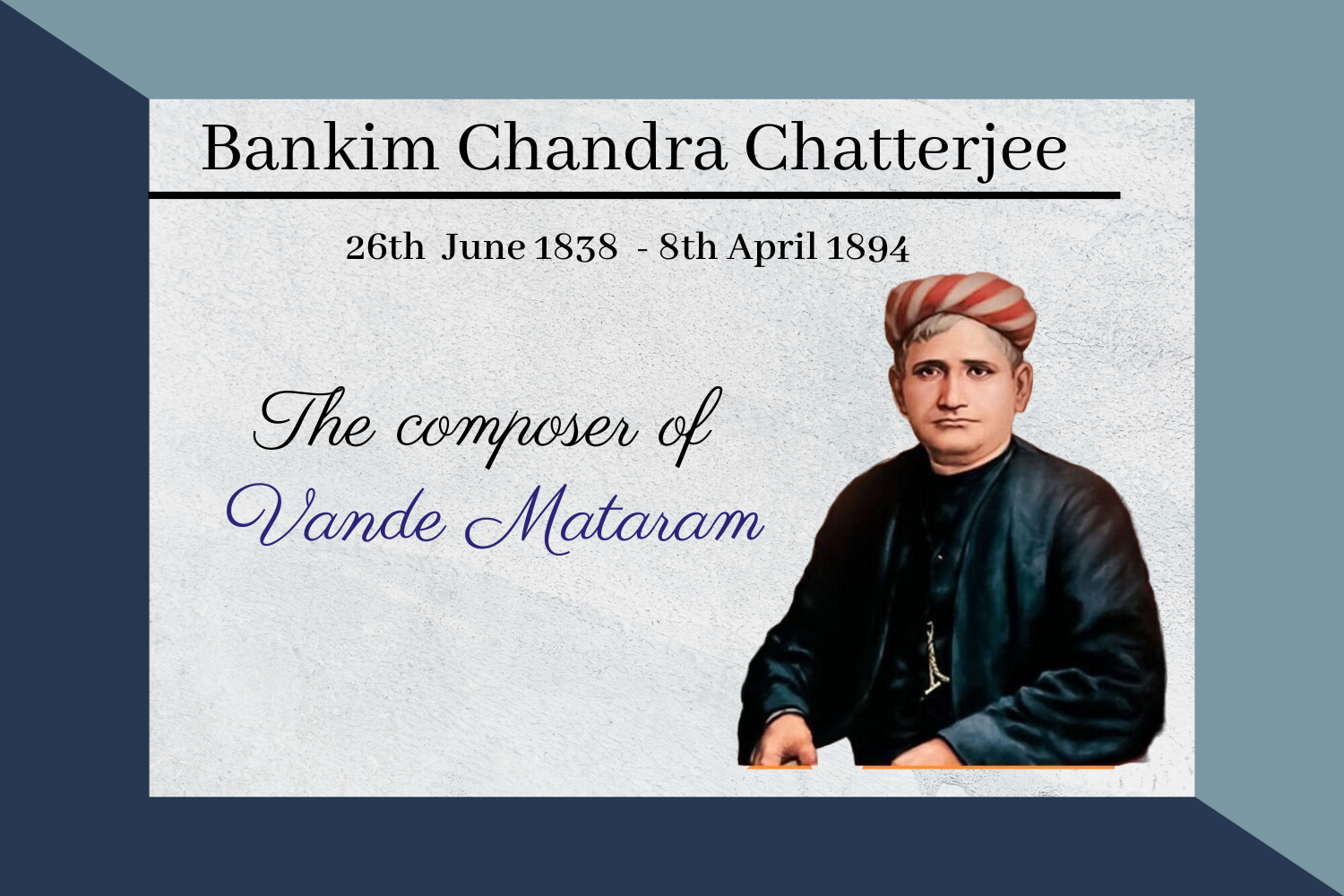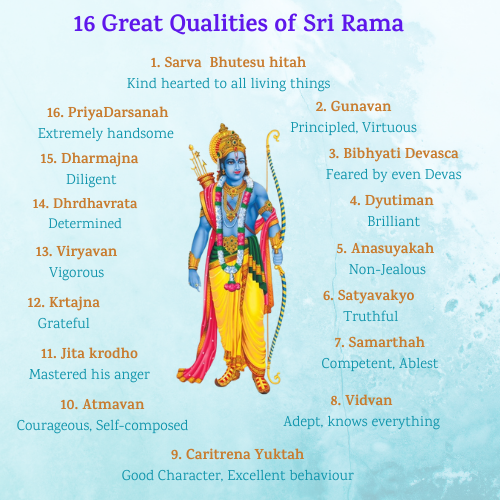
Sri Rama and His Temple at Ayodhya is coming up in front of our eyes, after a prolonged five hundred years civilisational struggle*! We are so lucky and privileged to be alive to see this path-breaking event of this nation and our consciousness is wet in tears of unseen pain, untold grief, anger, and wait that is never seen in human history! The nation’s prayer is at last answered and in a sense Sri Rama Himself is landing on earth to make it happen!
Most social media posts, TV screens, and newspaper pages are of stories and the happenings around the consecration of the Sri Rama temple at Ayodhya, the arrangements, and the rituals followed by our PM Sri Narendra Modi Ji. People’s emotional outbursts are so much raw and unprecedented! A person born in the eighties could never have thought that in the political and historical discourse of our nation, this could have been possible even after another 500 years or so!
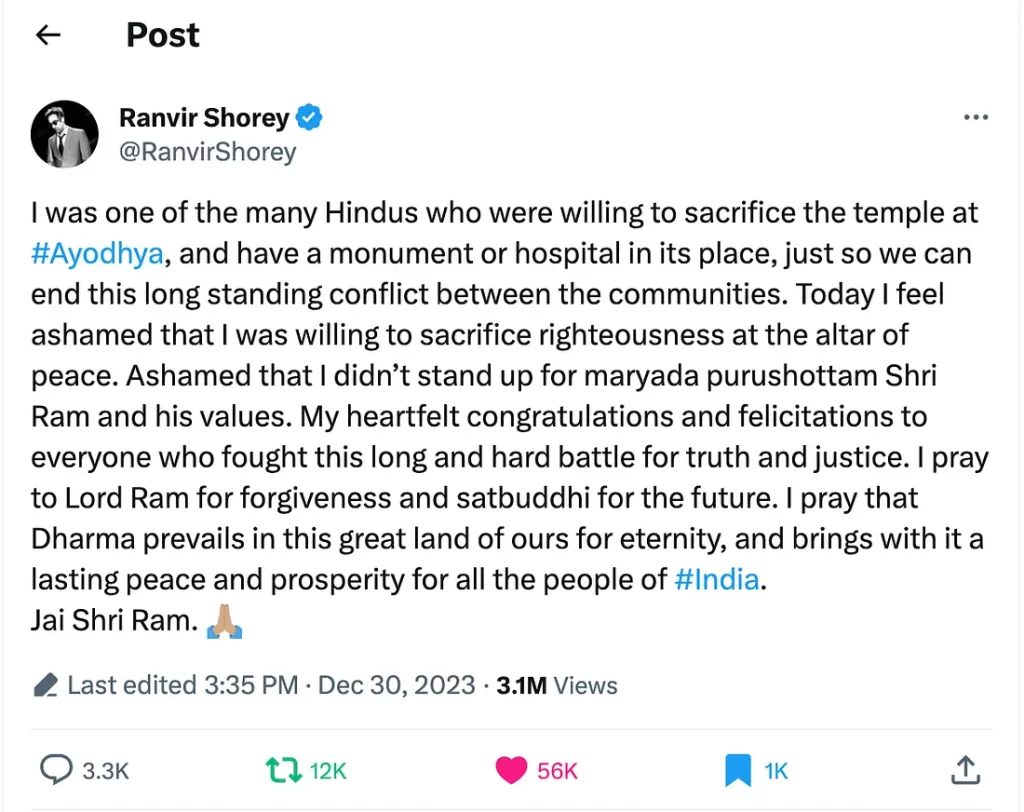
Many modern Hindus were misguided by systematic misinformation & propaganda…
We have seen the misguided minority politics around a non-significant, non-religious structure of sorts (Babri masjid) that was built after destroying the temple of our beloved Ram Lalla by brutal medieval invader Babur (this was proven by the SC judgment(with specific documented evidence) and also even being accepted by the charlatan leftist historian Irfan Habib(#1A #1B)
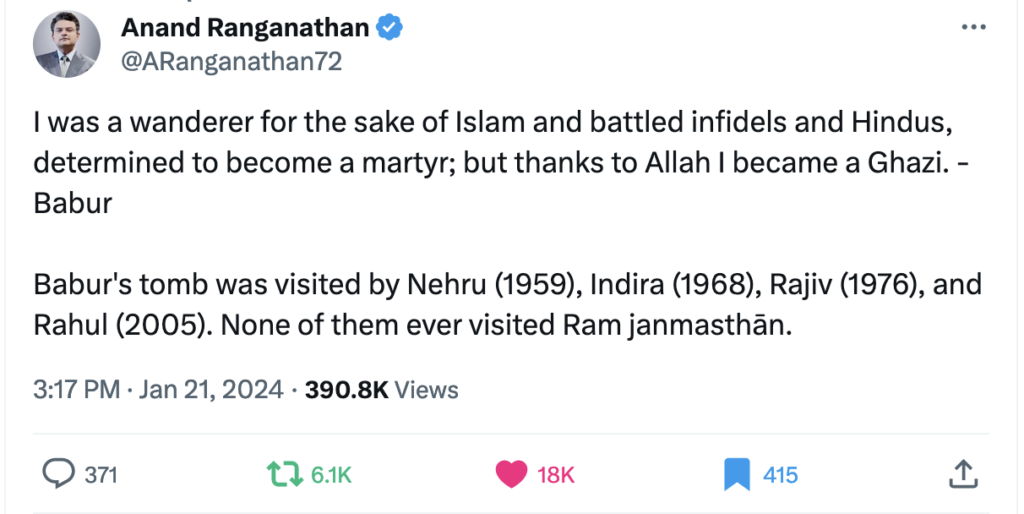
Few questions to ponder upon for a reckoning: Does Congress party means only Nehru Gandhi family members? Are they the only pinnacle of truth to talk about Indian Civilizational values? Didn’t they do any mistakes? Why did they try their best to make every Hindu apologetic to even celebrate their religious, cultural beliefs? Wasn’t India a secular civilization before the word, “secular” was added in constitution” (at the time of bloody emergency)? Wasn’t Bharat converted to Sri Buddha’s ideology and then came back to Hinduism? Isn’t the Indian civilization the safe place for persecuted minorities like Parsis etc. from across the globe?
After facing injustice(#2) and silence of 500+ years from the political and judicial system of this civilization ruled by invaders and then by the appeasement political system, when a nation decided to break open the Babri masjid on 6th December 1992, sacrificing their life (#3A, #3B), then the so-called intellectual class subjected us to innumerable insult as daily rituals and made us feel like a disgrace of sort and people of this nation(the minorities in other neighboring countries like Pakistan, Bangladesh) were subjected to riots, killings, and rapes! And then finally after efforts from so many noble souls(#4) over centuries, there came a time that through the proper judicial process with historic SC judgement (#5) came in our favor (#6A, #6B, #6C).
And for the record the brutal medieval invaders did not destroy only one such significant religious structure of this nation but the other major temples like Kashi Vishwanath, Krishna Janmabhoomi in Mathura, and Somnath temple in Gujarat) and innumerable other religious structures across the subcontinent. It was beyond cruel, it happened continuously and the nation was silenced forever to utter any word or emotional expression (#7)!
Now seeing all the festivity back in our country around Sri Rama is something like a divine intervention and it’s nothing shorter than that! This also gives us hope and ecstasy of celebration in our civilizational values and their revival! It is also the time to thank all those souls who sacrificed their lives(#8A, #8B) to get us here and all those who are still alive (#8C). We should never forget that India is one of the oldest and richest civilizations and our culture and religion (Hinduism) are intertwined closely with each other! And Ram, Krishna, and Shiva belong to all, the Hindus, the Muslims, Sikhs etc. (#9A, #9B, #9C, #9D)
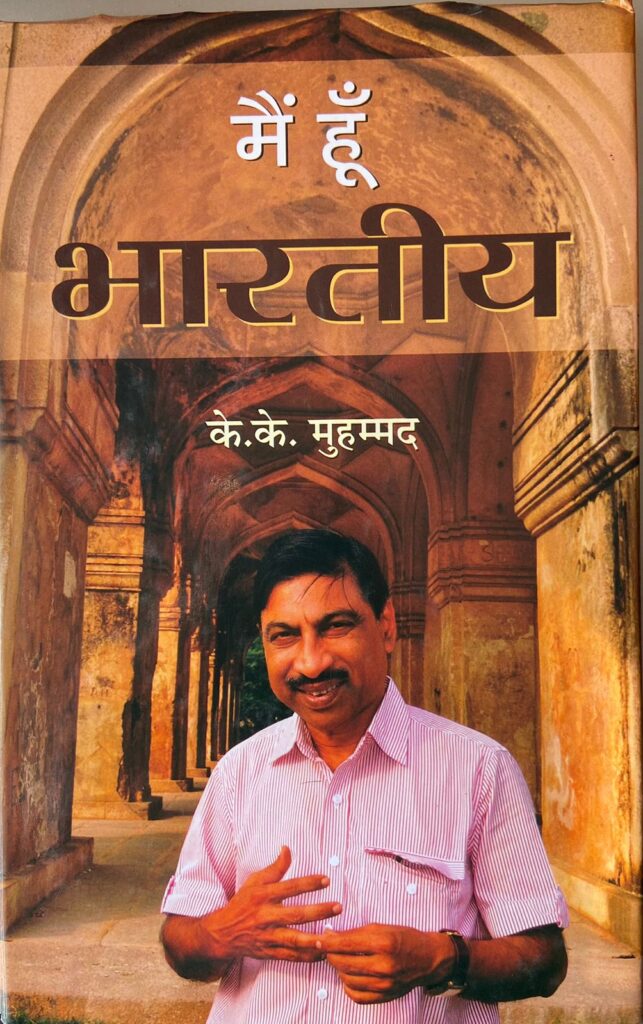
The Archaeologist who honestly did his duty in revealing the truth beneath the Babri Masjid(Temple structures were found) and his views
So, it’s important for us to live in this euphoria but it’s also important to consider this auspicious event as the renaissance of our civilization to uphold values like Dharma (Righteousness), Ahimsa (Non-violence), Karma (Action), Moksha (Liberation), Vedanta (End of the Vedas), Satyam (Truth), Anekantavada (Multiplicity of Viewpoints), Seva (Service), Respect for Elders and Guru (Teacher, Unity in Diversity), help to eradicate evil social practices(caste, class and colour based hierarchy, etc. #10A, 10B) that divided us for centuries! Please never forget this sloka from Maha Upanishad “Vasudhaiva Kutumbakam — The World is One Family!”
Being the bhakt of Sri Rama we must also need to spend our energy to understand the sixteen great qualities of Sri Sri Rama and try to inculcate those within us and in our close ones! Jai Sri Ram!
2. Sankranthi: A Vibrant Harvest Celebration Unifying India
Sankranthi, also known as Pongal in Tamil Nadu, is a vibrant harvest festival celebrated across India, marking the sun’s entry into the Makara zodiac sign. It’s a time for families to come together, give thanks for the bounty of the harvest, and welcome the new year with joy and optimism. While the core spirit remains the same, Sankranthi takes on unique flavors and traditions in different parts of India. Let’s embark on a journey across the country to witness the diverse celebrations of this joyous festival!
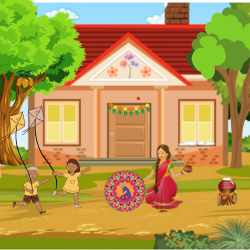
South India:
Andhra & Telangana:
- Bhogi: The festivities begin with Bhogi, where unwanted items are symbolically burned in a bonfire to usher in new beginnings.
- Rangoli: Women adorn their homes with intricate rangoli, and colorful floor patterns made with rice flour, welcoming prosperity and good luck.
- Muddu Biyyam: Children collect offerings of grains and sweets, adding to the festive spirit.
- Harinam: Colorful folk dances like Harinam bring communities together in joyous celebration.
Karnataka:
- Ellu Bella: The festival is called Ellu Bella, with Ellu (sesame) and Bella (jaggery) playing a key role in sweet treats and offerings.
- Harekala: A unique tradition involves decorating bulls with vibrant colors and bells, celebrating their agricultural contribution.
- Kite flying: The skies come alive with colorful kites, symbolizing soaring hopes and aspirations for the new year.
- Jaago: On the final day, women gather for Jaago, singing devotional songs and praying for their families’ well-being.
Tamil Nadu:
- Pongal: The four-day festival commences with Bhogi, followed by Surya Pongal (sun worship), Maatu Pongal (cattle worship), and Kaanum Pongal (seeing off).
- Pongal dish: The highlight is the preparation of the sweet rice dish “Pongal,” offered to the Sun God as gratitude for a bountiful harvest.
- Jallikattu: In some parts, the daring sport of Jallikattu showcases men attempting to tame bulls, attracting much excitement.
- Traditional attire: Men wear white mundus and dhotis, while women adorn themselves in colorful sarees and silk langas, adding to the festive vibrancy.
Sankranthi transcends religious and regional boundaries, uniting South India in a collective spirit of thanksgiving, joy, and hope. The sights, sounds, and aromas of the festival create a lasting memory, reminding us of the importance of celebrating life’s simple blessings and looking forward to new beginnings.
North India:
- Punjab: Lohri, with its crackling bonfires and Bhangra dances, marks the harvest season. Witness the joyous processions with men carrying decorated sugarcane stalks.
- Uttarakhand: Makar Sankranti is celebrated with fervor, with people taking holy dips in the Ganges River and offering prayers to the Sun God.
- West Bengal: Makar Sankranti coincides with Poush Parbon, celebrating the harvest of winter crops. Traditional sweets like Jolpan and Pithe fill the air with delicious aromas.
Sankranthi is a testament to India’s rich cultural tapestry, where diverse traditions weave together to celebrate the blessings of the harvest and the promise of a fresh start. Whether you witness the vibrant dances in Andhra Pradesh, the colorful kites adorning the Karnataka skies, or the traditional fervor in North India, Sankranthi offers a glimpse into the heart and soul of India.
So, join the festivities, savor the delicious treats, and immerse yourself in the joyous spirit of Sankranthi! Remember, the essence of this harvest festival lies in its message of gratitude, hope, and togetherness – values that resonate across every corner of India.


